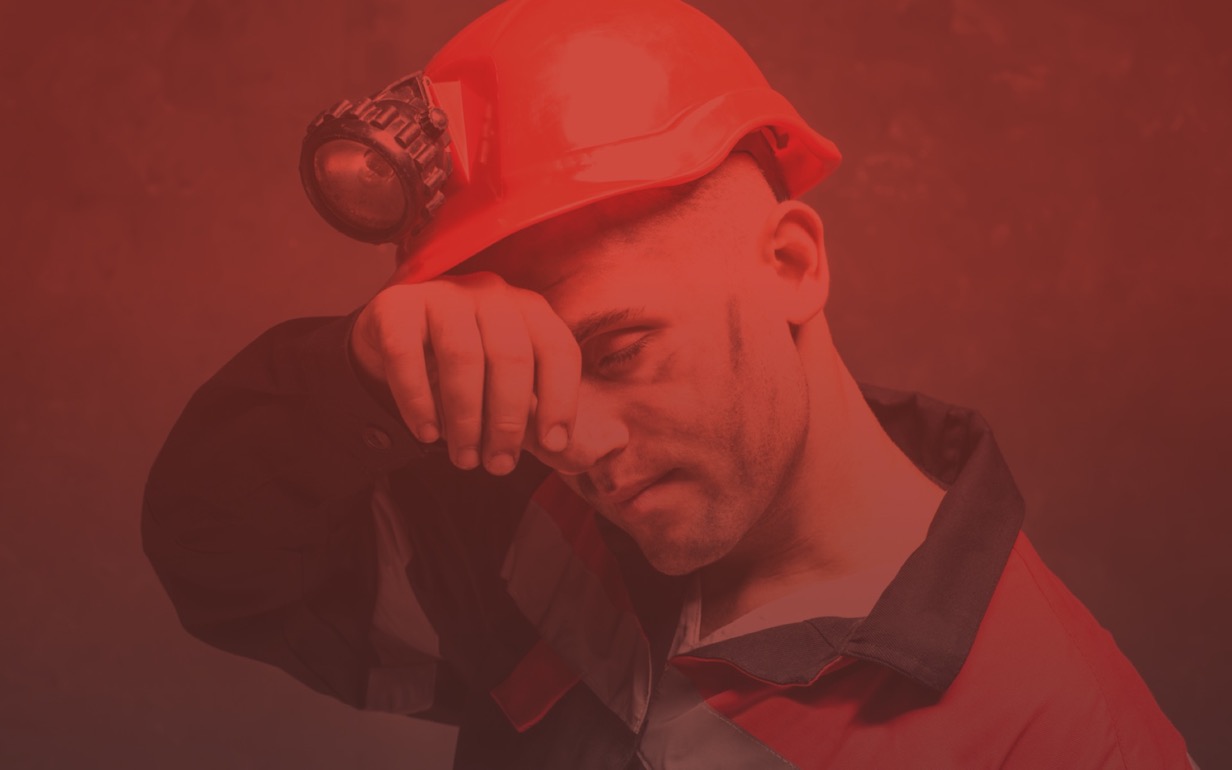There are a number of steps that can be taken, either alone or in combination with others, to reduce and control the hazards of heat stress in the workplace. These guidelines are designed to aid employees, supervisors, and managers in that task.
Content Preview
Heat Stress |
Revision: | 0 | |||
| Date: | 1/2/2026 | ||||
| Prepared by: | |||||
| Approved by: | |||||
1.0 PURPOSE
There are several steps that can be taken, either alone or in combination with others, to reduce and control the hazards of heat stress in the workplace. These guidelines are designed to aid _____ employees, supervisors, and managers in that task.
2.0 SCOPE
This section applies to all _____ operating units.
3.0 POLICY
Occupational heat-related disorders and accidents must be prevented. Although OSHA does not have a specific standard on heat exposure at this time, a heat stress program will be implemented whenever a heat stress environment exists. If preventive measures are not effective, worker monitoring and control measures will be implemented.
4.0 GENERAL INFORMATION
Although no one questions that there is an association between heat stress and occupational accidents, it is difficult to predict just who will be affected and when. Two people can work at the same job, under the same conditions, and while the heat will affect one, the other will not be affected. Age, weight, physical fitness, metabolism, alcohol or drug use, and medical condition are some of the determining factors affecting a person’s sensitivity to heat and susceptibility to heat disorders. Even the type of clothing worn must be considered. In addition, the measurement of a hot environment involves more than just measuring the ambient air temperature; radiant heat, air movement, and relative humidity are all factors that must be determined.
Heat-induced occupational illnesses, injuries, and reduced productivity occur in situations in which the total heat load exceeds the capacities of the body to maintain normal body functions without excessive strain. Many of the bodily responses to heat exposure are desirable and beneficial. However, at some level of heat stress, the worker’s compensatory mechanisms will no longer be capable of maintaining body temperature at the level required for normal body functions. As a result, the risk of heat-induced illnesses, disorders and accidents substantially increases.
5.0 HEAT DISORDERS (TABLE 1)
Heat stress causes body reactions and as we have mentioned above, there are four environmental factors that affect the amount of stress a worker faces in a hot work area including temperature, humidity, radiant heat (such as from a furnace or live steam pipes), and air movement. The body reacts to high external temperature by circulating blood to the skin, which increases skin temperature and allows the body to give off its excess heat through the skin. However, if the muscles are being used for physical labor, less blood is available to flow to the skin and release the heat.
Sweating is another means the body uses to maintain a stable internal body temperature in the face of excessive heat. However, sweating is effective only if the humidity level is low enough to permit evaporation and if the fluids and salts lost are adequately replaced. Of course there are many steps a person might choose to take to reduce the risk of heat stress, such as moving to a cooler place, reducing the work pace or load, or removing or loosening some clothing. But this is not always practicable or possible during the work situation.
If the body cannot dispose of excess heat, it will store it. When this happens, the body’s core temperature rises and the heart rate increases. As the body continues to store heat, the individual begins to lose concentration and has difficulty focusing on a task, he may become irritable or sick, and often loses the desire to drink. The next stage is most often fainting and then possible death if the person is not removed from the heat stress environment. The following heat disorders, listed here and in Table 1, can pose special hazards to a worker’s safety and health:
Subscribe to the All-Access Membership or purchase this plan a la caret to access the full contents...
Ready to Start Your Safetly Plan?
Create a Heat Stress plan for your organization in just a few show steps.

